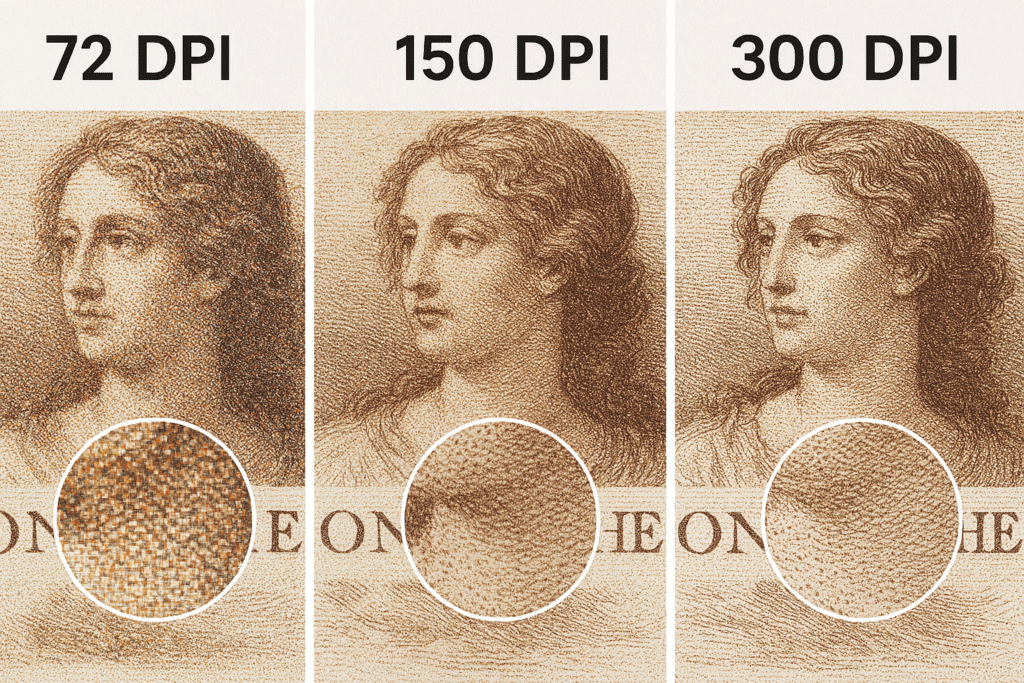Have you ever wondered how to give your finished painting that professional touch? How do you choose the right frame? And what about varnishing? These are common questions that many artists, both amateur and professional, grapple with. The final steps of framing and varnishing can make a significant difference in the presentation and preservation of your artwork. Let’s dive into the ultimate guide to framing and varnishing your finished painting.
Why Framing and Varnishing Matter
Framing and varnishing aren’t just about aesthetics; they’re about protecting your work and ensuring it stands the test of time. A well-chosen frame can enhance the visual appeal of your painting, while varnishing can protect it from dust, UV rays, and other environmental factors.
Choosing the Right Frame
Types of Frames
When it comes to framing, there are several options to consider:

> Buy: Art Frames and Materials <
- Float Frames: Ideal for canvases, float frames give the illusion that the artwork is floating within the frame, providing a modern and sleek look.
- Metal Frames: Durable and contemporary, metal frames are perfect for modern or abstract art.
- Wood Frames: Classic and versatile, wood frames can be stained or painted to match any decor.
- Shadow Gap Frames: These frames create a small gap between the artwork and the frame, adding depth and dimension.

Tool: Framing Preview
Not sure what frames to use? Color? Mat? Then our preview tool will help you decide what frame to use! Upload a painting image or URL link to your painting image, then choose a frame style, color and thickness and mat border size and color. Your painting will look great! Use our tool below:.
Painting Framing Studio
Create professional frames for your paintings
Considerations for Framing
Before you rush to buy a frame, here are some key considerations:
- Artwork Type: Different types of artwork require different framing methods. For example, cradled panels and canvases may not need a frame at all, while works on paper often do.
- Mount Size: The mount, or mat, is the border between your artwork and the frame. It can add elegance and prevent the artwork from touching the glass.
- Frame Depth: The depth of the frame should complement the artwork. Thin frames can make the artwork look sleek, while wider frames can create a bold statement.
Practical Tips
- Consult a Local Framer: If you’re unsure, consult a local framer. They can provide valuable advice and help you choose the right frame.
- DIY Options: If you prefer to frame your artwork yourself, many online stores offer customizable frames. Just ensure you have the right tools and measurements.
Varnishing Your Painting
Why Varnish?
Varnishing is crucial for several reasons:
- Protection: Varnish protects your painting from dust, dirt, and UV rays.
- Aesthetic Appeal: It can enhance the colors and give your painting a uniform finish.
- Longevity: A good varnish can extend the life of your painting.
Types of Varnish
There are various types of varnish available, each suited for different mediums:
- Spray Varnish for Acrylic: Easy to apply and provides a smooth finish.
- Liquid Varnish for Acrylic: Offers more control and can be applied with a brush.
- Spray Varnish for Oil: Ideal for a quick and even application.
- Liquid Varnish for Oil: Provides a durable and protective coat.
How to Varnish Your Painting
- Preparation: Ensure your painting is completely dry. For oil paintings, this can take up to six months.
- Isolation Coat: Apply an isolation coat if recommended. This is especially important for acrylic paintings to prevent the varnish from seeping into the paint.
- Application: Use a clean, soft brush or spray to apply the varnish. Apply in thin, even layers, allowing each layer to dry before applying the next.
- Drying: Allow the varnish to dry completely before handling or framing the painting.
Common Concerns
- Different Sheens: If your painting has different sheens, you can use a mix of gloss and matte varnishes to maintain the intended look.
- Large Paintings: For large canvases, practice on smaller pieces first to get a feel for the application method.
Real-Life Examples and Stories
Imagine you’ve just completed a vibrant acrylic painting. You want to display it in your living room, but you’re worried about dust and fading colors. By applying a gloss varnish, you not only protect the painting but also enhance its vibrancy, making it the centerpiece of your room.Or consider a delicate watercolor on paper. Framing it with a wide mount and a simple wood frame can elevate its elegance, while a UV-protective glass will keep it safe from sunlight damage.
Final Thoughts
Framing and varnishing are the final touches that can transform your artwork from good to great. By carefully selecting the right frame and applying the appropriate varnish, you can ensure your painting is both beautiful and protected for years to come.



